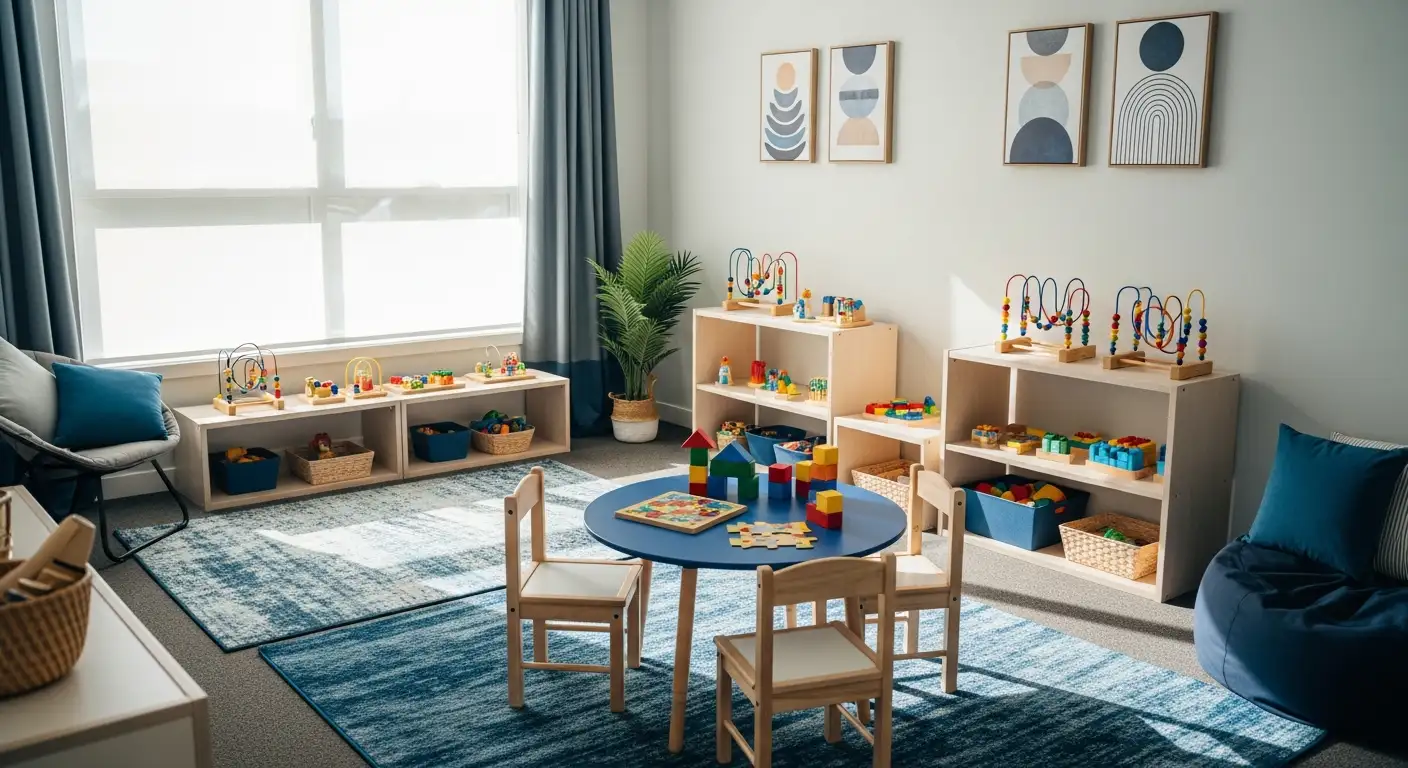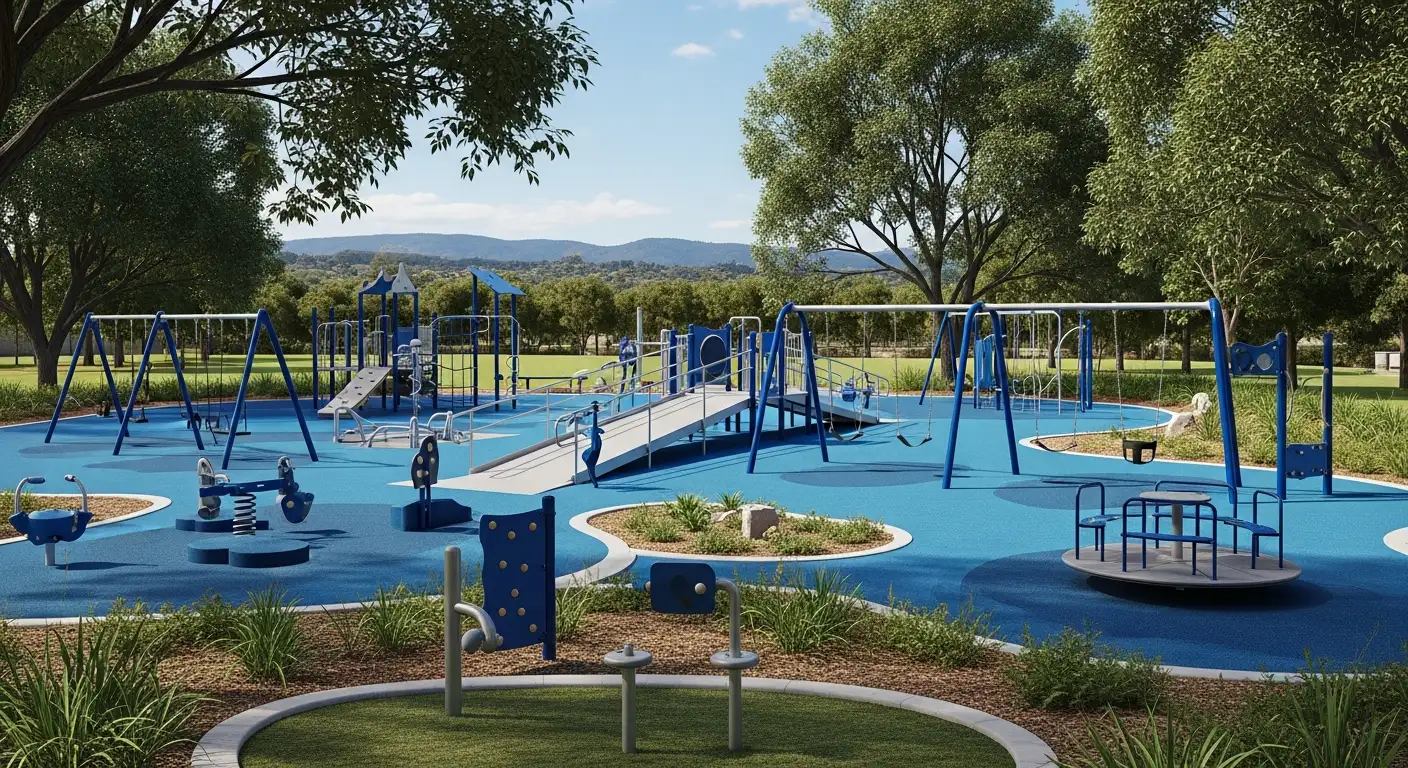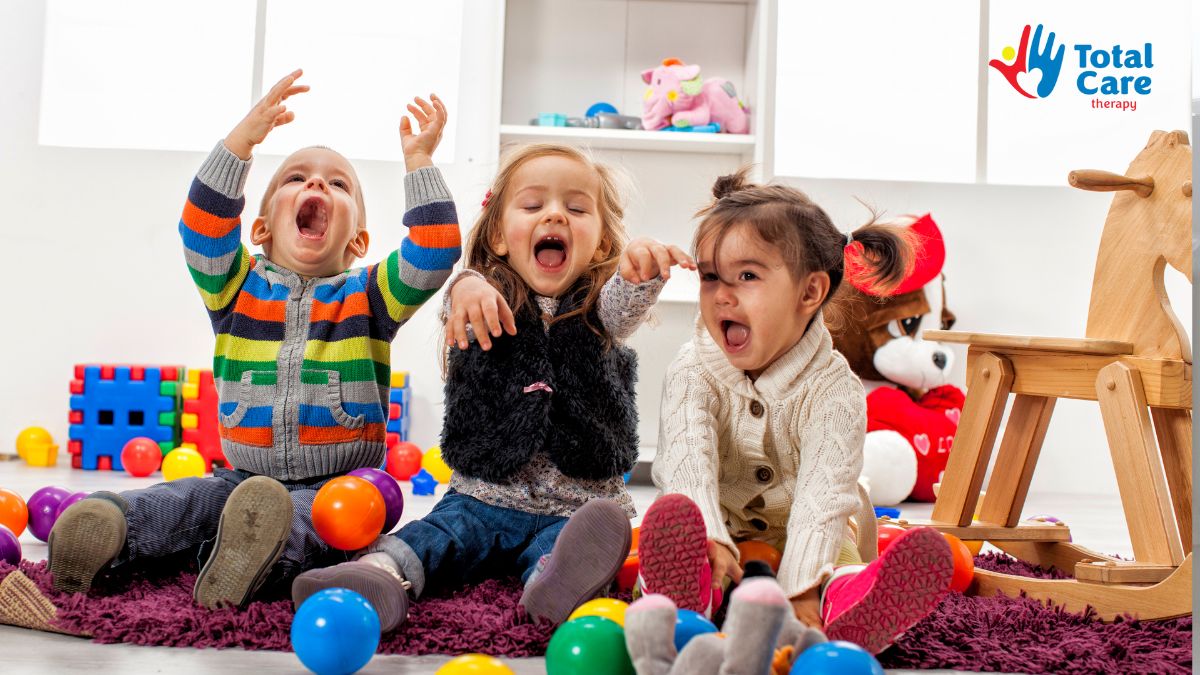The Impact of Autism on Memory and Learning
Unraveling the Neural Underpinnings of Memory Challenges in Autism
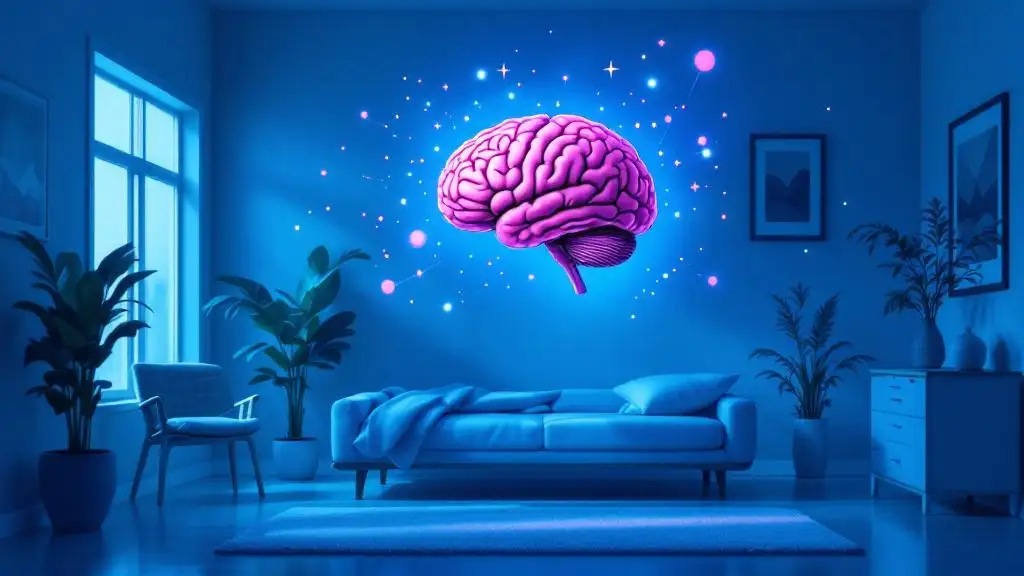
Understanding Autism’s Impact on Memory and Learning Processes
Autism spectrum disorder (ASD) influences various aspects of cognitive functioning, notably memory and learning. While some strengths in visual and rule-based processing are prevalent, many autistic individuals face significant challenges in recalling social and non-social information, which can hinder their academic progress and everyday functioning. This comprehensive overview explores how neurological differences underpin these memory and learning challenges, examines unique strengths and learning approaches, and discusses recent research findings to inform effective strategies for support.
Memory Problems and Learning Challenges in Autism
What are the typical memory problems and learning challenges faced by individuals with autism?
Children with autism often experience extensive memory difficulties that affect both social and non-social information processing. These include challenges with episodic, verbal, visual, and face recognition memory. For example, they may struggle to recognize familiar faces or recall personal experiences, impacting social interactions and communication.
While many children with autism perform well in rote memory tasks—such as memorizing numbers, words, or routines—they often face difficulties with flexible thinking and recalling detailed, emotionally meaningful memories. Their strengths in semantic and procedural memory allow them to remember facts or routines, but deep, autobiographical, and context-rich memories can be impaired.
Brain studies using functional MRI highlight the neural basis of these difficulties. Researchers found that children with autism exhibit atypical over-connected circuits in the brain’s memory networks. Specifically, the hippocampus, crucial for encoding and retrieving memories, shows altered connectivity, especially with the posterior cingulate cortex, which is involved in social and self-referential processing.
These neural differences are often attributed to reduced neural pruning during development, leading to overly connected brain circuits that may interfere with efficient memory processing.
The impact of these memory challenges extends into everyday life. Difficulties with recalling social information can hinder social learning, while issues with episodic memory affect personal growth and independence. As individuals with autism age, these memory impairments can contribute to challenges in academic achievement and daily living skills, underscoring the importance of targeted interventions.
| Memory Type | Performance in Autism | Neural Correlates | Impact on Daily Life |
|---|---|---|---|
| Episodic Memory | Impaired | Hippocampal connectivity issues | Difficulties recalling personal experiences and social events |
| Facial Recognition | Difficult | Face-related networks involving the posterior cingulate cortex | Challenges in social recognition |
| Verbal and Visual Recall | Impaired | Regional brain connectivity alterations | Struggles with academic learning and language comprehension |
| Rote and Semantic Memory | Preserved or strong | Neural pathways less affected | Useful for routines, but limited flexibility in learning |
In sum, individuals with autism demonstrate specific memory impairments rooted in neural wiring differences. Recognizing these challenges can help in developing educational strategies and support systems tailored to their unique needs, ultimately improving their social, academic, and daily functioning.
Neurological Basis of Memory and Learning in Autism
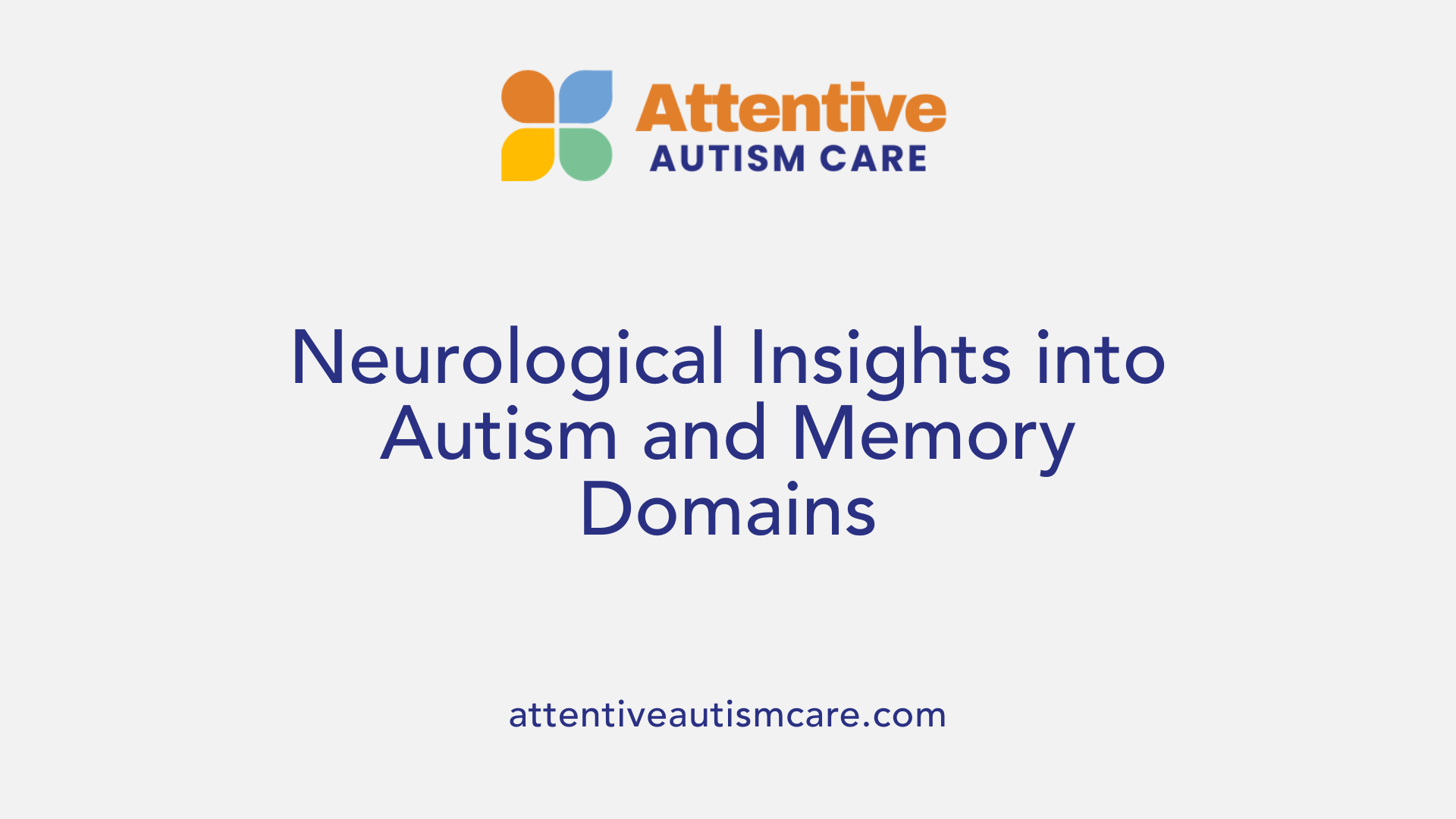
How does autism influence memory and learning processes from a neurological perspective?
Autism affects how the brain processes and stores different types of information, leading to distinctive memory and learning challenges. One of the most notable features is the existence of unique wiring patterns in specific brain regions. For example, the hippocampus, which is vital for non-social memory such as facts and visual information, shows different connectivity patterns compared to typically developing children.
Additionally, the posterior cingulate cortex, a critical component of the brain's face and social memory network, also exhibits atypical neural activity. Studies using functional MRI have shown that in children with autism, these regions tend to be over-connected within their respective networks. This hyper-connectivity may be due to a developmental process called neural pruning, which typically fine-tunes brain connections during childhood but appears to be less active or incomplete in autism. As a result, excess connections can hinder the brain's ability to efficiently process and retrieve information.
These neural alterations have broad implications. Over-connected circuits can cause noise in neural communication, reducing the effectiveness of information transfer and integration. This can manifest as difficulties in immediate and delayed recall of verbal and visual information, impacting academic performance and social interactions.
Furthermore, disrupted connectivity isn't limited to these regions alone. Variations in cortical architecture, such as the presence of abnormal minicolumns and deficits in cortical inhibition, further contribute to impaired neural communication. These differences can interfere with encoding, organizing, and retrieving memories, particularly affecting social memory like facial recognition.
In summary, autism involves specific neural wiring differences, notably increased connectivity in certain brain networks linked to memory functions. These neural variations contribute significantly to the broad spectrum of learning and memory difficulties observed in autistic children, influencing their social cognition, academic achievement, and behavior.
| Brain Region | Connectivity Pattern | Implication for Memory | Additional Notes |
|---|---|---|---|
| Hippocampus | Over-connected | Non-social memory (facts, visual info) | Affected by reduced neural pruning |
| Posterior Cingulate Cortex | Over-connected | Face and social memory | Key in social recognition |
| Association Cortex | Disrupted | General cognitive functions | Affected by cortical minicolumn abnormalities |
| Cortical Architecture | Abnormal minicolumns | Affects neural communication and memory encoding | Tied to cortical inhibition deficits |
Understanding these neural mechanisms highlights the importance of approaches that address brain connectivity and circuit functioning. Such insights are crucial for developing targeted interventions to improve memory and learning in individuals with autism.
Strengths and Unique Learning Approaches in Autism

Are there unique strengths or learning approaches associated with autism?
Yes, there are distinctive strengths and learning approaches common among many autistic individuals. One prominent area is visual thinking; autistic children often excel at processing visual information, which can be leveraged through visual supports, pictures, and diagrams to improve understanding and retention.
Pattern recognition is another strength, with many autistic children demonstrating an ability to notice details and disjointed features, which can be useful in tasks like puzzle-solving or visual search activities. Their intense focus on interests allows them to develop specialized skills and knowledge in specific areas, supporting learning and skill development.
Tailoring teaching methods to individual learning styles is crucial. Some children respond better to visual cues, while others may prefer structured routines or hands-on activities. Recognizing whether a child is a visual, auditory, or kinesthetic learner helps educators design more effective, engaging lessons.
Furthermore, structured environments and strengths-based strategies are highly effective. Programs like TEACCH and the Incredible Years promote routines, clear expectations, and activities aligned with each child's interests, enhancing engagement and reducing anxiety. These approaches can support social skills, communication, and independence.
Understanding and harnessing these natural strengths create more inclusive, effective educational experiences. They also foster confidence as children see their abilities valued and nurtured.
| Strengths and Strategies | Description | Examples |
|---|---|---|
| Visual Thinking | Processing visual information effectively. | Using visual schedules, picture communication |
| Pattern Recognition | Noticing details and structures quickly. | Visual puzzles, pattern-based games |
| Focused Interests | Deep engagement in specific topics or activities. | Interest-based learning modules |
| Tailored Learning Approaches | Customizing teaching to suit learning preferences. | Visual, auditory, kinesthetic activities |
| Structured Environments | Promoting predictability and routine. | TEACCH, visual timetables |
| Strengths-based Strategies | Building on individual abilities and interests. | Interest-led project work, reinforcement |
Recognizing these strengths and applying tailored, structured strategies can significantly improve educational success and overall well-being for individuals on the autism spectrum.
Impact of Autism on Different Types of Memory
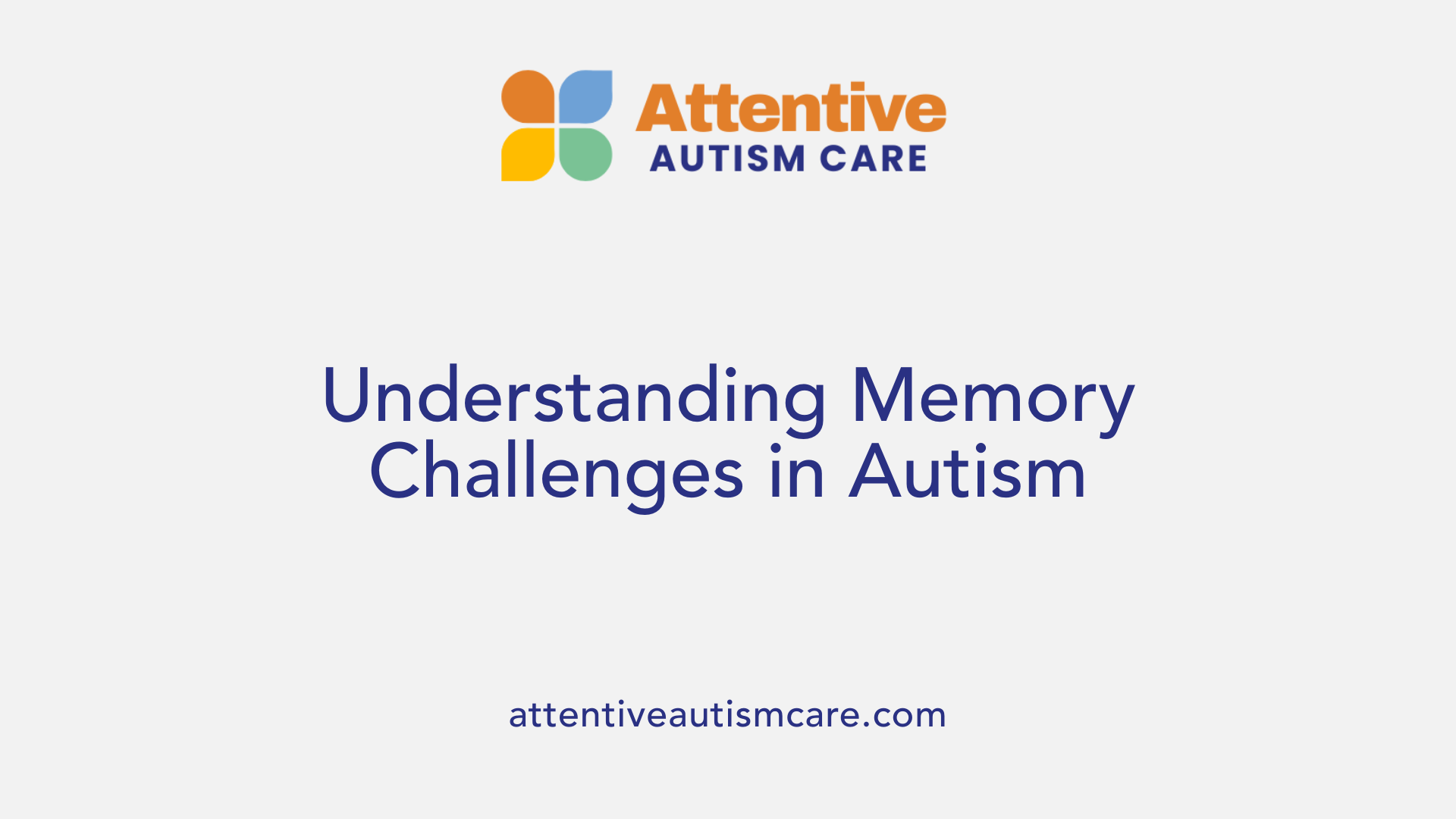
How does autism affect different types of memory, such as episodic memory?
Children and adults with autism spectrum disorder (ASD) often face challenges across various memory domains. Episodic and autobiographical memory, which involve recalling personal experiences and specific life events, tend to be particularly affected. These individuals frequently struggle with encoding, consolidating, and retrieving social memories, such as recognizing faces or recounting personal stories.
Neuroimaging studies reveal that these difficulties are linked to distinct wiring patterns in the brain. For example, the hippocampus, crucial for memory formation, shows atypical connectivity in autistic individuals. Similarly, the posterior cingulate cortex, involved in self-referential thought and autobiographical memory, displays altered activity. These neural differences contribute to problems with processing contextual and social information.
While deficits are pronounced in social memories, some types of memory appear to remain stable or even show strengths. Semantic memory, which involves general knowledge, and procedural memory, related to skills and habits, tend to be preserved in many autistic individuals. This pattern aligns with their strengths in visual and rule-based thinking.
Autistic individuals often show reduced use of self-referential language, indicating diminished self-awareness during autobiographical recall. The result is a less detailed or emotionally rich personal memory, which could impact their social cognition and self-identity.
In summary, autism affects memory by disrupting the typical neural pathways involved in encoding and retrieving personal, social, and contextual information. These differences contribute to broader challenges in social interaction and learning, emphasizing the importance of tailored support strategies.
| Memory Type | Impact in Autism | Neural Correlates | Related Challenges |
|---|---|---|---|
| Episodic/Autobiographical | Difficulties in encoding and recalling personal experiences | Hippocampus and posterior cingulate cortex connectivity | Reduced self-awareness, less use of self-reference in stories |
| Semantic Memory | Often preserved or enhanced | Distributed cortical networks | Better recall of general knowledge but struggles with social details |
| Procedural Memory | Usually intact | Basal ganglia and related circuits | Acquisition of skills and routines remains stable |
Understanding these specific impacts highlights pathways for intervention, focusing on strengthening social memories and leveraging preserved skills to support learning and development.
Supporting Memory and Learning in Children with Autism
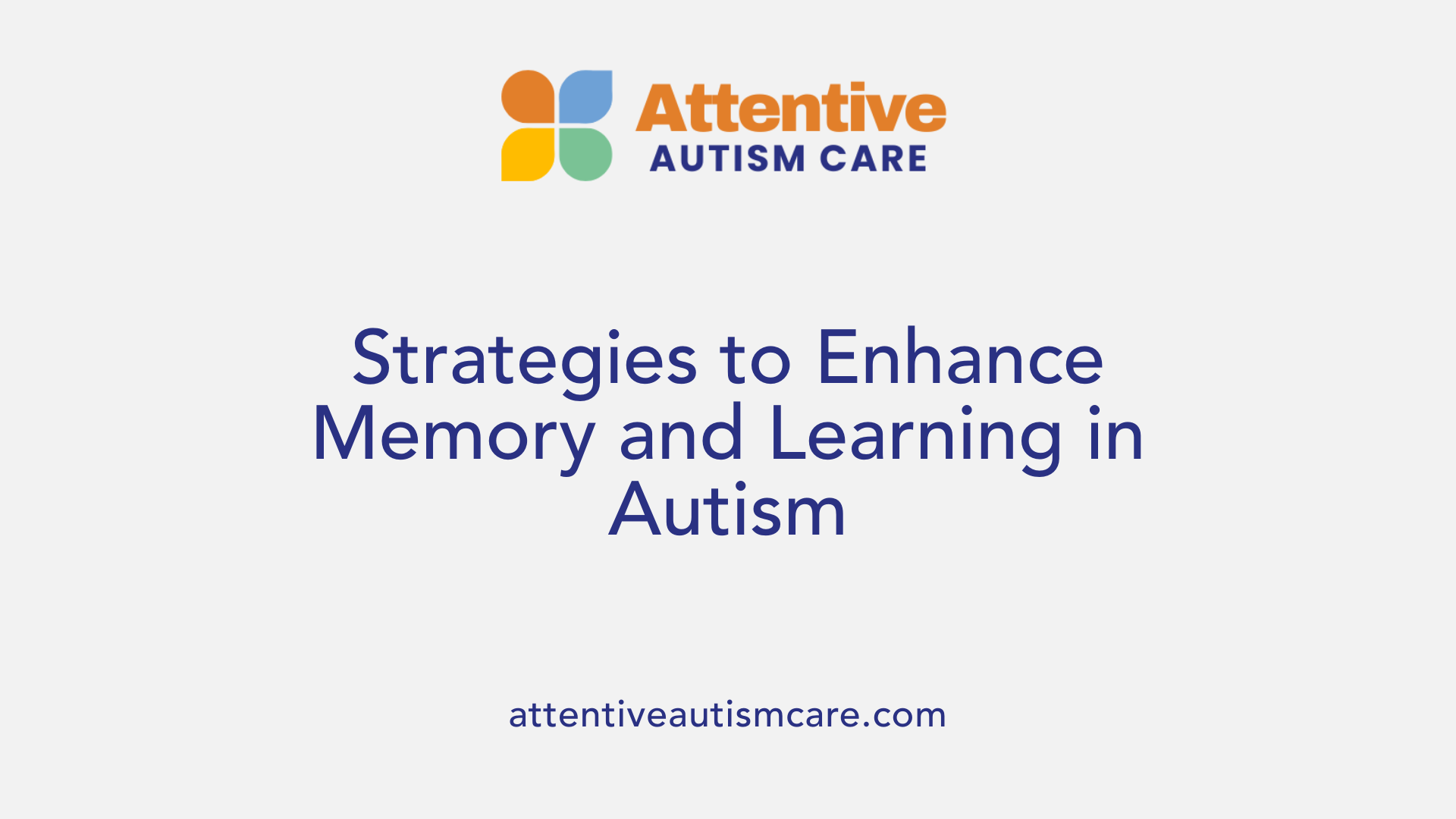
What strategies can support memory and learning in children with autism?
Children with autism often face challenges with both social and non-social types of memory, including difficulties with facial recognition, verbal recall, visual memory, and recognition of complex scenes or associations. To help improve their learning experiences, tailored strategies rooted in evidence-based practices are essential.
One effective approach is the use of visual supports. Visual aids such as picture schedules, charts, and symbols can help children understand routines and expectations. Visual cues serve as memory triggers, reducing cognitive load and clearing pathways for better comprehension. Structured environments with clear routines provide predictability, aiding children in focusing and retaining information.
Breaking complex tasks into smaller, manageable steps makes learning more accessible. Such task segmentation aligns with children’s neural wiring, where distinct brain circuits process different types of information. This minimizes overwhelm and encourages successful completion, especially for children who may have difficulty sustaining attention or shifting focus.
Sensory considerations are also crucial. Many children with autism experience sensory processing differences, including hypersensitivity or hyposensitivity. Creating sensory-friendly environments with options for sensory breaks can help maintain attention and reduce anxiety. Reinforcement strategies, like praise and tangible rewards, motivate children and reinforce positive learning behaviors.
Furthermore, integrating social skills training via social stories or peer modeling can improve social memory and understanding. Combining these methods with consistent, personalized instruction supports overall cognitive development.
Implementing these strategies requires patience and adaptability, but they can significantly enhance memory retention, engagement, and learning outcomes for children with autism. Grounded in structured teaching and behavioral techniques such as Applied Behavior Analysis (ABA), these practices promote inclusive and effective educational environments.
Recent Scientific Advances Regarding Autism’s Effect on Memory
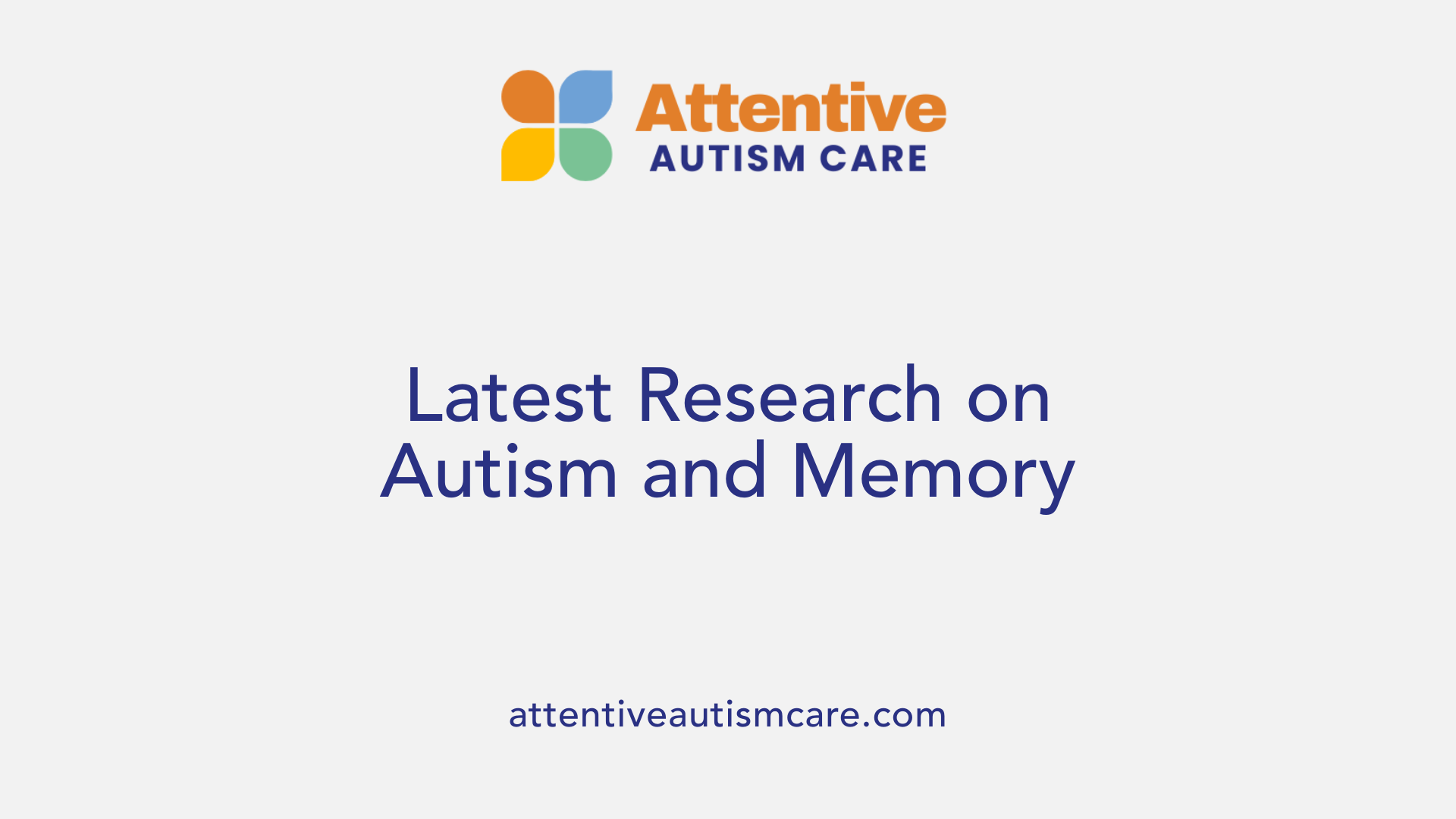
What recent scientific research has been conducted on the impact of autism on memory and learning?
Recent scientific studies have provided a deeper understanding of how autism influences memory and learning. Researchers have uncovered that children with autism experience broad memory difficulties that extend beyond social recognition, affecting verbal, visual, and non-social information. For example, children with high-functioning autism often show impairments in both immediate and delayed recall as well as recognition tasks across these domains.
Neuroimaging techniques, particularly functional MRI (fMRI), have played a crucial role in identifying neural differences. These studies highlight that memory for non-social information, such as words and pictures, is linked to hippocampal connectivity. In contrast, facial memory involves the posterior cingulate cortex. Interestingly, children with autism tend to exhibit over-connected circuits in these areas, possibly due to insufficient neural pruning during development, which may contribute to their memory deficits.
Structural brain differences have also been observed. These include variations in neuron density, with some regions like the prefrontal cortex developing atypically— possessing up to 67% more neurons than typical development. Such neuroscientific findings support the idea that memory impairments in autism stem from distinct neural wiring patterns.
Further research indicates that, while recognition memory is generally preserved in high-functioning individuals, complex scene recognition and object-color associations may be more challenging. Additionally, differences in the activity of regions like the amygdala and superior temporal gyrus underscore potential difficulties in social recognition, which are closely tied to memory processes.
Understanding these neural bases not only clarifies how memory challenges affect learning and social functioning but also guides the development of targeted interventions. For example, leveraging strengths in visual processing and routine-based learning can help improve educational outcomes.
Dissecting neural sources of memory challenges in autism
The neural sources of memory issues in autism can be summarized in a table:
| Brain Region | Function in Memory | Implication in Autism | Neural Pattern Observed |
|---|---|---|---|
| Hippocampus | Non-social memory | Impaired connectivity affects verbal and visual memory | Over-connected circuits, reduced pruning |
| Posterior Cingulate Cortex | Face recognition | Difficulties in social memory | Abnormal activation, over-connection |
| Prefrontal Cortex | Executive functions | Less activation during memory tasks | Less social processing, more rigid analysis |
| Amygdala | Emotion and social recognition | Disrupted activity linked to social cognition | Abnormal connectivity and activity |
Implications for future research
These neuroscientific insights suggest that future interventions could target the abnormal connectivity patterns to enhance memory functions. For instance, therapies focusing on sensory integration and neural pruning might reduce over-connectivity, improving cognitive flexibility and social memory.
Further investigations are needed to explore how these neural differences evolve over time and how they can be modulated through behavioral or pharmacological means. Personalized approaches based on individual neural profiles hold promise for improving learning and social outcomes for individuals with autism.
Understanding the neural underpinnings of memory difficulties provides a foundation for developing tailored strategies that capitalize on preserved abilities, such as visual and rule-based thinking, to support children’s educational and social development.
Studies on autism and memory continue to evolve, strengthening our comprehension of the neural bases of learning challenges. As research advances, so does the potential to create innovative interventions that cater to the unique neural architecture of individuals with autism.
Bridging the Gap: Supporting Autistic Memory and Learning
As research continues to shed light on the neural and cognitive mechanisms underlying memory and learning differences in autism, it becomes increasingly clear that tailored strategies and supportive environments are essential. Recognizing both the difficulties and inherent strengths of autistic individuals enables educators, clinicians, and families to implement evidence-based interventions that harness strengths such as visual processing and detail focus, while addressing challenges related to neural connectivity and memory retrieval. Ongoing scientific advancements promise better understanding and innovative solutions, fostering improved educational outcomes and quality of life for individuals across the autism spectrum.


